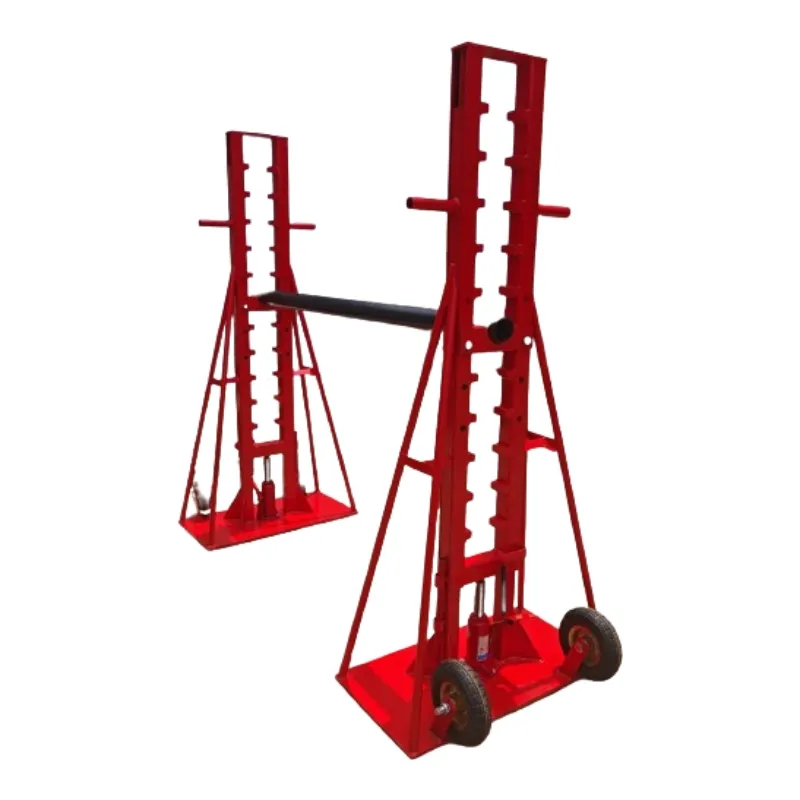
-
 Afrikaans
Afrikaans -
 Albanian
Albanian -
 Amharic
Amharic -
 Arabic
Arabic -
 Armenian
Armenian -
 Azerbaijani
Azerbaijani -
 Basque
Basque -
 Belarusian
Belarusian -
 Bengali
Bengali -
 Bosnian
Bosnian -
 Bulgarian
Bulgarian -
 Catalan
Catalan -
 Cebuano
Cebuano -
 Corsican
Corsican -
 Croatian
Croatian -
 Czech
Czech -
 Danish
Danish -
 Dutch
Dutch -
 English
English -
 Esperanto
Esperanto -
 Estonian
Estonian -
 Finnish
Finnish -
 French
French -
 Frisian
Frisian -
 Galician
Galician -
 Georgian
Georgian -
 German
German -
 Greek
Greek -
 Gujarati
Gujarati -
 Haitian Creole
Haitian Creole -
 hausa
hausa -
 hawaiian
hawaiian -
 Hebrew
Hebrew -
 Hindi
Hindi -
 Miao
Miao -
 Hungarian
Hungarian -
 Icelandic
Icelandic -
 igbo
igbo -
 Indonesian
Indonesian -
 irish
irish -
 Italian
Italian -
 Japanese
Japanese -
 Javanese
Javanese -
 Kannada
Kannada -
 kazakh
kazakh -
 Khmer
Khmer -
 Rwandese
Rwandese -
 Korean
Korean -
 Kurdish
Kurdish -
 Kyrgyz
Kyrgyz -
 Lao
Lao -
 Latin
Latin -
 Latvian
Latvian -
 Lithuanian
Lithuanian -
 Luxembourgish
Luxembourgish -
 Macedonian
Macedonian -
 Malgashi
Malgashi -
 Malay
Malay -
 Malayalam
Malayalam -
 Maltese
Maltese -
 Maori
Maori -
 Marathi
Marathi -
 Mongolian
Mongolian -
 Myanmar
Myanmar -
 Nepali
Nepali -
 Norwegian
Norwegian -
 Norwegian
Norwegian -
 Occitan
Occitan -
 Pashto
Pashto -
 Persian
Persian -
 Polish
Polish -
 Portuguese
Portuguese -
 Punjabi
Punjabi -
 Romanian
Romanian -
 Russian
Russian -
 Samoan
Samoan -
 Scottish Gaelic
Scottish Gaelic -
 Serbian
Serbian -
 Sesotho
Sesotho -
 Shona
Shona -
 Sindhi
Sindhi -
 Sinhala
Sinhala -
 Slovak
Slovak -
 Slovenian
Slovenian -
 Somali
Somali -
 Spanish
Spanish -
 Sundanese
Sundanese -
 Swahili
Swahili -
 Swedish
Swedish -
 Tagalog
Tagalog -
 Tajik
Tajik -
 Tamil
Tamil -
 Tatar
Tatar -
 Telugu
Telugu -
 Thai
Thai -
 Turkish
Turkish -
 Turkmen
Turkmen -
 Ukrainian
Ukrainian -
 Urdu
Urdu -
 Uighur
Uighur -
 Uzbek
Uzbek -
 Vietnamese
Vietnamese -
 Welsh
Welsh -
 Bantu
Bantu -
 Yiddish
Yiddish -
 Yoruba
Yoruba -
 Zulu
Zulu


Dec . 12, 2024 05:06 Back to list
3 4 ground rod
Understanding the Importance of 3% and 4% Ground Rods in Electrical Systems
Grounding is an essential aspect of electrical systems, ensuring safety and efficiency in various applications. One crucial component in grounding systems is the ground rod, which serves to direct excess electrical charges safely into the earth. Among the various specifications for ground rods, the 3% and 4% ground rods are widely discussed for their effectiveness and applications. This article will explore the significance, installation, and differences between 3% and 4% ground rods in electrical systems.
What is a Ground Rod?
A ground rod is a metal rod driven into the ground, designed to provide a physical connection between an electrical system and the earth. Its primary role is to prevent electrical shock hazards, protect equipment, and ensure the smooth operation of electrical systems by directing stray voltages or lightning strikes into the ground. Ground rods are typically made of copper, galvanized steel, or stainless steel, offering high conductivity and resistance to corrosion.
The Significance of Ground Rod Consistency
Ground rods are often topic-specific, with ratings or standards applied to clarify their efficiency. The classification of 3% and 4% ground rods refers to the percentage of conductivity and resistance to corrosion that the materials used in the rods possess. This classification is crucial for determining the effectiveness and lifespan of ground systems in varying environmental conditions.
1. 3% Ground Rods Ground rods categorized under a 3% standard offer a minimum level of conductivity and corrosion resistance. These rods are often used in less demanding environments where soil conditions are relatively stable, and the risk of corrosion is lower. They provide adequate performance for residential electrical systems and can adequately handle the typical electrical surges encountered in daily use.
2. 4% Ground Rods In contrast, 4% ground rods deliver superior performance, featuring higher levels of conductivity and corrosion resistance. These rods are essential for more demanding applications, such as commercial buildings, industrial plants, and areas susceptible to significant electrical disturbances, like lightning strikes. The enhanced durability of 4% ground rods ensures they remain effective even in harsh environments, extending their lifespan and reducing the need for frequent replacements.
3 4 ground rod

Installation Practices
The installation of ground rods is a critical process that requires adherence to electrical codes and best practices. Here are several considerations for installing 3% and 4% ground rods
- Depth and Orientation Ground rods should be driven vertically into the ground to maximize their effectiveness. Ideally, they should be installed to a depth of at least 8 feet, but local regulations may vary. The deeper the rod, the better the contact with moist soil, reducing resistance.
- Spacing When multiple ground rods are used, they should be spaced at least twice their length apart to ensure they function effectively without interfering with each other.
- Connection to Grounding Systems Proper connections must be made between the ground rod and the electrical system’s grounding conductors. Use appropriate connectors that ensure a low-resistance connection.
Conclusion
In conclusion, choosing between 3% and 4% ground rods can significantly impact the safety and performance of electrical systems. Ground rods play a critical role in directing excessive voltage safely into the ground, but their effectiveness depends on the specific needs of the installation environment. Understanding the differences between these rods will allow engineers and electricians to make informed decisions that enhance safety and efficiency. Ensuring proper installation and maintenance practices will further contribute to their longevity and effectiveness in protecting electrical systems and, by extension, the people who rely on them.
Latest news
What Are Construction Tools and How Are They Used?
NewsJul.11,2025
Professional-Grade Duct Rodding Tools for Superior Cable Installation
NewsJul.11,2025
Enhancing Safety and Efficiency with Modern Hot Stick Solutions
NewsJul.11,2025
Empowering Cable Installation with Advanced Rodder Solutions
NewsJul.11,2025
Elevate Your Cable Installation Projects with Cable Pulling Tools
NewsJul.11,2025
Efficient Cable Handling Solutions: Cable Rollers for Sale
NewsJul.11,2025











